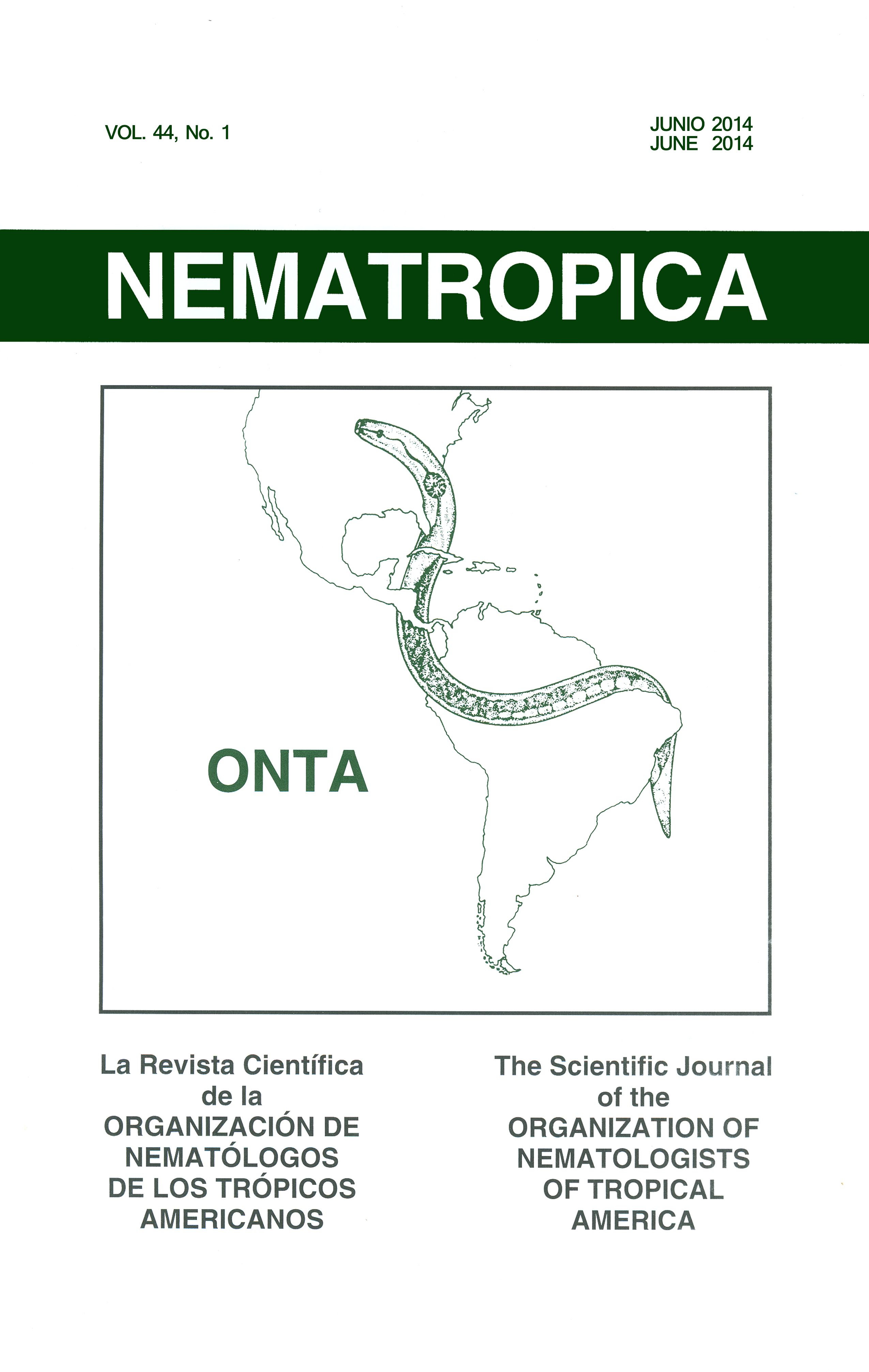Evaluating root-knot nematode infection in wild potatoes
Schlagworte:
central west Argentina, Meloidogyne, Solanum, variability, wild germplasmAbstract
Cultivated potato varieties are highly susceptible to root-knot nematodes (Meloidogyne spp.). Resistance in wild relatives could be transferred to breeding lines as an environmentally friendly control strategy. We evaluated 28 genotypes of three putatively resistant wild potato species (Solanum spegazzinii, S. kurtzianum, and S. vernei) from Argentina for reaction to one of the most damaging potato root-knot nematodes, Meloidogyne arenaria. Two screening assays found great variability among and within species of potato in response to nematode infection. The nematode reproductive efficiency was significantly reduced in two genotypes of S. spegazzinii, which exhibited low to moderate resistance to M. arenaria.Downloads
Veröffentlicht
2014-06-01
Ausgabe
Rubrik
Articles

